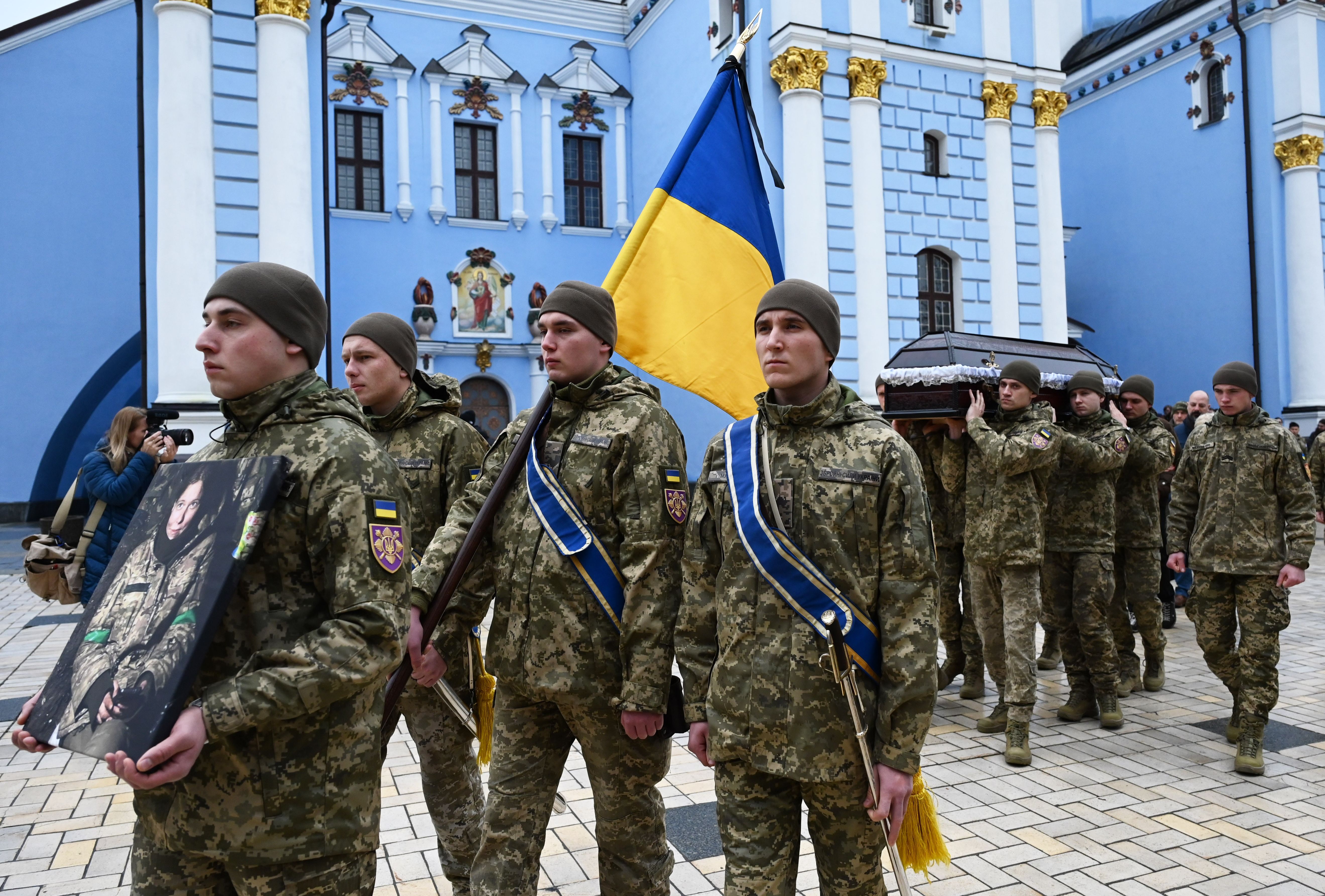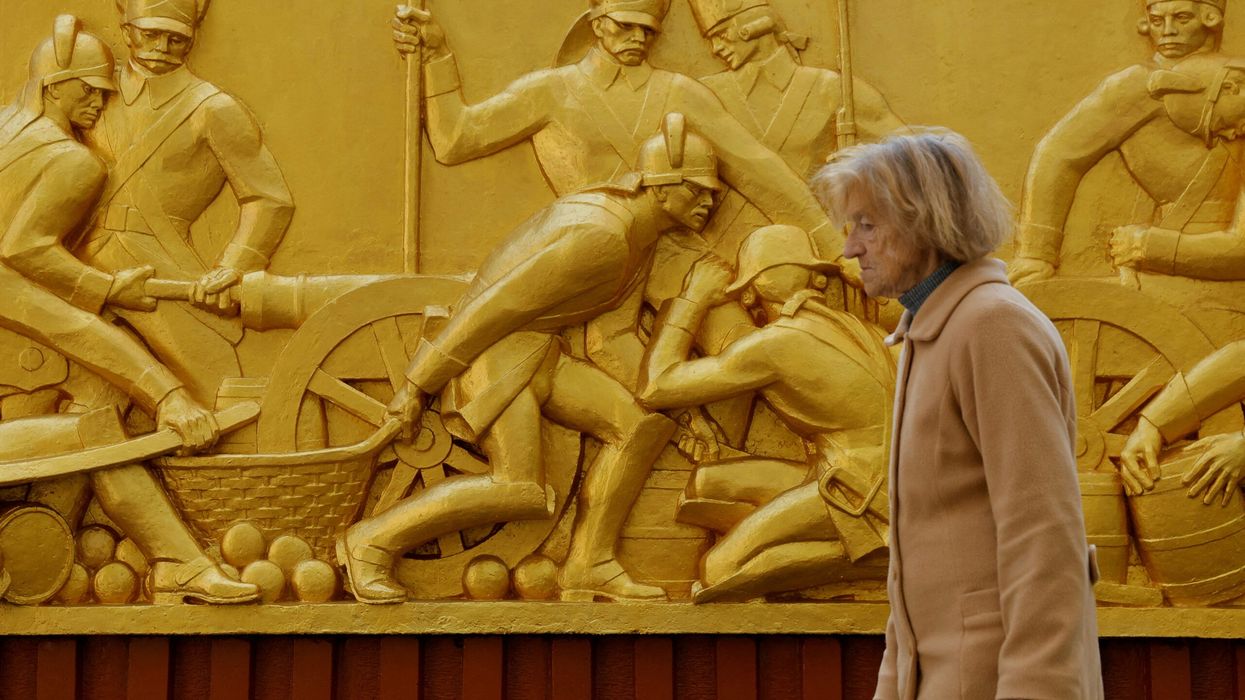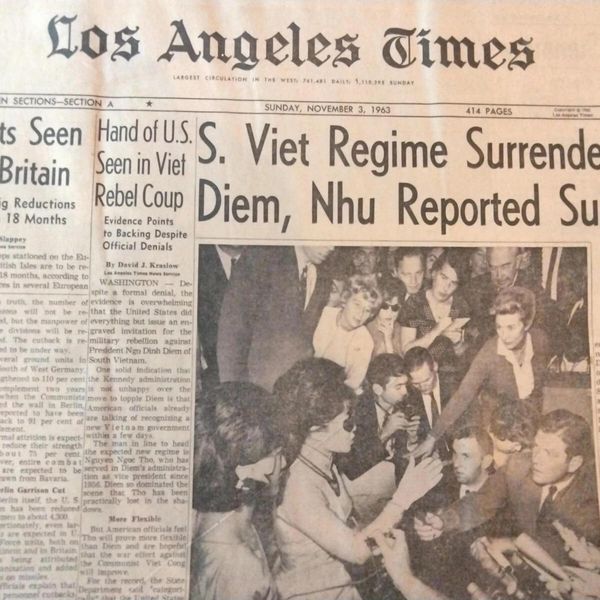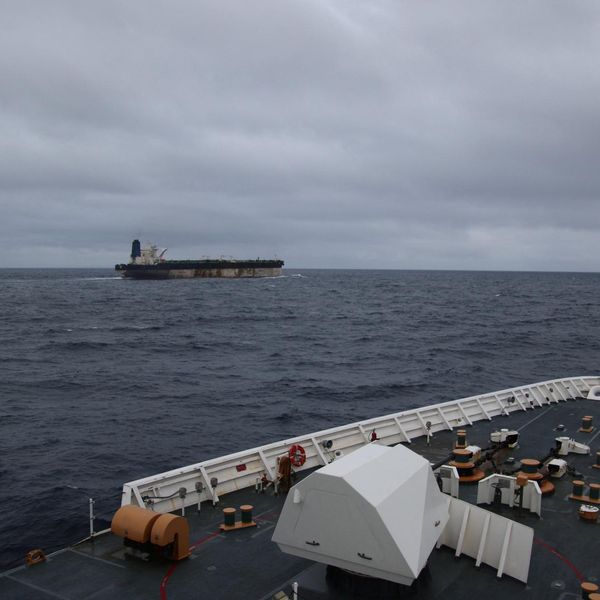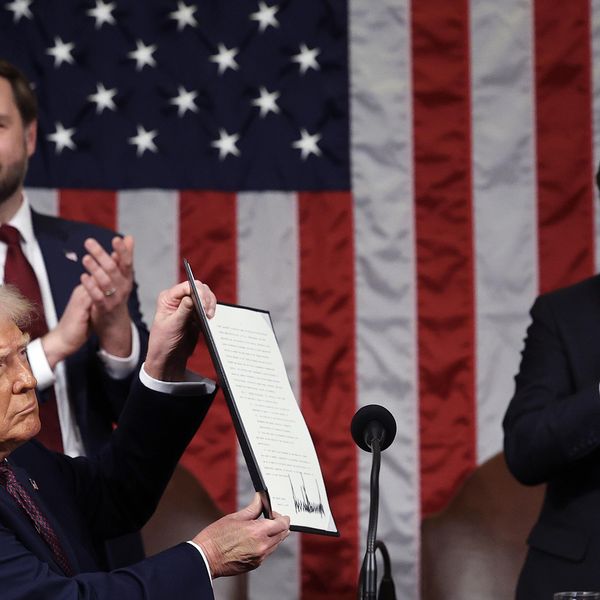Global Affairs Canada announced this week that a Canadian had died in Ukraine. Later reporting revealed that his name was Jean-Francois Ratelle and that he was a commander of the Norman Brigade, which, according to CTV News, is “a fighting force of volunteers from several different countries commanded by a CAF veteran who goes by ‘Hrulf.’”
Hrulf was Ratell’s call sign. But the news raises an important, and hard to answer question: How many Canadians, and indeed citizens of other Western countries, are there fighting the Russians in Ukraine?
The Canadian government says it does not track this figure, but in January 2023, the Ukrainian Foreign Legion said that Canadians were “one of the most numerous nationalities" fighting in Ukraine. CTV News says it was able to track “at least 18 Canadians who are, or were, in Ukraine as fighters or as part of humanitarian efforts.”
On May 1, 2023, two Canadians serving with Ukraine's International Legion, which was attached to the 92nd Mechanised Brigade, were killed in Bakhmut. Both had served in the Canadian Armed Forces, but had left before going to Ukraine. At the time, CBC News reported that they were the fourth and fifth Canadians to be killed fighting in Ukraine. By November, the Globe and Mail was reporting that nine Canadians had been killed.
Like other countries in the West, the Canadian government did not send those fighters. One of the Canadians who perished was “fighting alongside two U.S. citizens who also died while fighting in the Donbas region of eastern Ukraine.”
A March 14 update on the number of foreign mercenaries provided by the Russian Defense Ministry, which has an interest in muddying the waters on these figures, claims that 1,005 Canadian mercenaries have gone to Ukraine to fight. It claims that at least 491 of them — nearly half — have been killed.
And Canada is not number one on that list. According to the Russian update, 2,960 mercenaries have come from Poland with 1,497 of them reportedly killed. Number two is the U.S. with at least 491 of its 1,113 mercenaries killed. The update says that mercenary fighters have come from NATO members Romania and the U.K., while France has been the source of fewer: 147 French nationals have died out of 356 who have gone, according to Russia.
While the credibility of these figures is unclear, in total, Russia — which also has non-Russians fighting on its behalf in Ukraine — claims 13,000 foreigners have fought for Kyiv and around 6,000 have died. The Ukrainians say their international legion is made up of around 20,000 fighters from 50 countries. But they too have their own interest in inflating the numbers.
Daniel Davis, a military analyst and Senior Fellow for Defense Priorities, told RS that he has seen no independent confirmation of these figures. Alexander Hill, professor of military history at the University of Calgary, said he hadn't come across any reliable numbers, either, and told RS that real information on foreign fighters appears to be a closely guarded secret, on both sides.
But perhaps the more dangerous issue is the presence, not of mercenaries, but of Western troops on the ground in Ukraine. That number, by the way, is no easier to fix.
According to Defense Department documents leaked in March 2023, there were at that time at least 97 NATO special forces in Ukraine: 50 British, 17 Latvian, 15 French, 14 American and 1 Dutch. At the time, National Security Council spokesperson John Kirby refused to confirm the number but confirmed “a small U.S. military presence” there.
But there are not only American troops in Ukraine, but CIA officials too. A recent New York Times report based on interviews with more than 200 current and former officials revealed that there were “scores” — so at least more than 40 — of CIA officers in Ukraine. In a transcript of an intercepted February 19 conversation between senior German air force officials, one official says, “It's known that there are numerous people there in civilian attire who speak with an American accent.”
That transcript also revealed that there are UK personnel on the ground, too. Discussing how German Taurus long-range missiles could be operated in Ukraine, one official says that the Germans “know how the English do it. . .. They have several people on-site.” The British prime minister’s office has confirmed that the UK has boots on the ground: “Beyond the small number of personnel we do have in the country supporting the armed forces of Ukraine, we haven't got any plans for large-scale deployment.”
Then add to the tally the French forces revealed by German Chancellor Olaf Scholz. On February 26, defending his decision not to send Taurus missiles to Ukraine, Scholz said that it would require the presence of Germans in Ukraine to match their British and French counterparts. He explained, “What is being done in the way of target control and accompanying target control on the part of the British and the French can’t be done in Germany.”
On March 8, Polish Foreign Minister Radoslaw Sikorski confirmed that "NATO soldiers are already present in Ukraine,” but he refused to “list those countries.”
So, though it is impossible to add up the numbers on the list, it is possible, at least, to confirm the existence of a list.
And it is a risky list. As Russia appears to — possibly irreversibly — take the advantage on the battlefield, the U.S. and NATO face the long feared dilemma: accept the reality and encourage Ukraine to negotiate a diplomatic end to the war or escalate and consider sending, as French President Emmanuel Macron has recently suggested, NATO troops to fight with the Ukrainian armed forces against Russia.
It would be irresponsible to go down the road of the latter without exploring the road of the former.
In a March 13 interview, Russian President Vladimir Putin said Russia has “never refused negotiations” and that Russia is “ready for negotiations . . . based on the realities that have developed.” The West need not take Putin at his word. But with hundreds of thousands of Ukrainians being wounded and killed with little hope of improvement on the battlefield, it would be irresponsible not to test it.
Oleksandr Chalyi —Ukraine’s former deputy foreign minister and a member of the negotiating team in Istanbul soon after the Russian invasion — said then that Putin “demonstrated a genuine effort to find a realistic compromise and achieve peace.” Oleksiy Arestovych, a former adviser to the Office of the President of Ukraine and also a member of Ukraine’s negotiating team, says he thought then that the negotiations were successful and that the Ukrainian delegation “opened the champagne bottle.”
While we shouldn’t trust Russia’s willingness to negotiate an end to the war, we should test Russia’s willingness to negotiate, especially if the alternative is sending more NATO troops into Ukraine and risking a wider and, perhaps, unthinkable war.
- Riddle this: How many casualties are there, truly, on both sides of Ukraine war? ›
- CIA ops, commandos in Ukraine: Can we just admit we are fighting this war? ›

